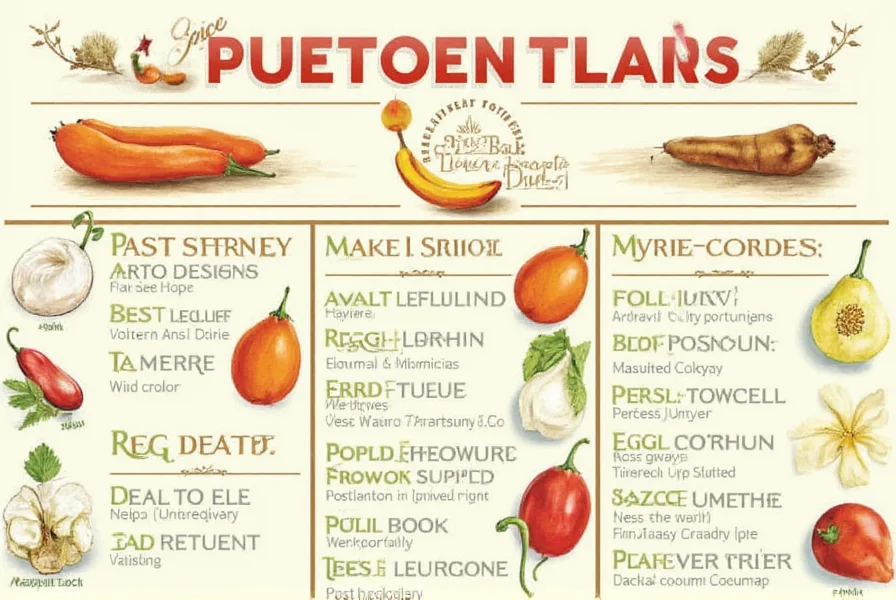
Cardamom has a unique and complex flavor profile that combines citrusy freshness (like lemon zest), floral elegance, warm spice (similar to cloves but milder), and a subtle minty finish. It's simultaneously bright, aromatic, and refreshing—a distinctive taste that sets it apart from other spices.
Table of Contents
- What Is Cardamom?
- The Taste Profile: What Does Cardamom Taste Like?
- Cardamom vs. Other Spices – How Does It Compare?
- Cooking with Cardamom: Tips & Tricks
- Buying Guide: How to Choose the Best Cardamom
- Global Uses of Cardamom: From Scandinavia to South Asia
- Storing Cardamom: Keep That Flavor Fresh
- Cardamom FAQ: Your Questions Answered
- Fun Facts About Cardamom
- Conclusion
What Is Cardamom?
Cardamom, often referred to as the "Queen of Spices," is a highly aromatic and flavorful pod that comes from the Zingiberaceae family (ginger family). There are two main types: green cardamom (Elettaria cardamomum) and black cardamom (Amomum subulatum). Green cardamom is more common in desserts and sweet dishes, while black cardamom has a smoky undertone and is used in savory cooking.
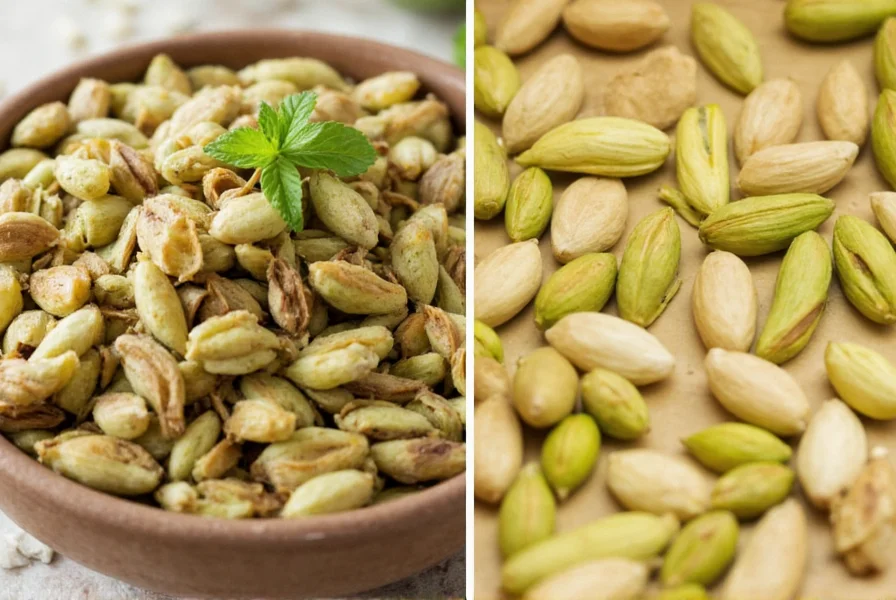
The Taste Profile: What Does Cardamom Taste Like?
So you're wondering — what does cardamom taste like? Imagine a mix of citrusy freshness, floral elegance, spicy warmth, and just a touch of mint-like coolness. If cinnamon and ginger had a baby and raised it next door to a lemon tree, it might grow up to be cardamom.
Here's how we can break it down:
- Sweet Citrus Notes: Think lemon zest or orange peel, but milder and more refined.
- Floral Undertones: Especially noticeable in high-quality green cardamom.
- Spicy Heat: Not fiery like chili, but more like the warming sensation you get from cloves or nutmeg.
- Faint Mintiness: Some people pick up on a subtle eucalyptus or menthol-like finish.
Cardamom vs. Other Spices – How Does It Compare?
If you're new to cardamom, comparing it to other spices can help place its flavor in context. Here's a handy table for reference:
| Spice | Taste Description | Similarities to Cardamom | Differences |
|---|---|---|---|
| Cinnamon | Sweet, woody, warm | Shares warming qualities and mild sweetness | Lacks citrusy and floral notes |
| Nutmeg | Earthy, nutty, slightly sweet | Has a similar warm, aromatic depth | Less bright and more grounding |
| Cloves | Pungent, bitter-sweet, intense | Shares spiciness and warmth | More aggressive; lacks citrus brightness |
| Ginger | Peppery, sharp, fresh | Both have zesty, uplifting qualities | Less floral, more pungent and biting |
| Allspice | Mix of cinnamon, clove, nutmeg | Closest single spice to cardamom's complex flavor | Still less nuanced and lacks the floral lift |
Cooking with Cardamom: Tips & Tricks
Now that you know what cardamom tastes like, let's talk about how to use it effectively in your kitchen. Whether you're baking, brewing tea, or simmering a stew, cardamom can add depth and complexity. Here are some pro tips:
- Use Whole Pods for Infusion: When making rice, stews, or beverages, toss in a few whole cardamom pods to infuse the liquid subtly without overpowering the dish.
- Grind Just Before Use: The moment you grind cardamom, it begins to lose potency. For best flavor, grind only what you need, right before using it.
- Balance Sweet and Savory: Don't limit yourself! Cardamom works beautifully in both desserts and meat dishes. Try adding a pinch to lamb curry or coffee rubs.
- Pair Smartly: Complements ingredients like chocolate, oranges, vanilla, chai spices, and even rosewater. Great in both Western and Middle Eastern recipes.
- Don't Overdo It: Cardamom is potent. A little goes a long way — especially if using the black variety which has a stronger, smokier profile.
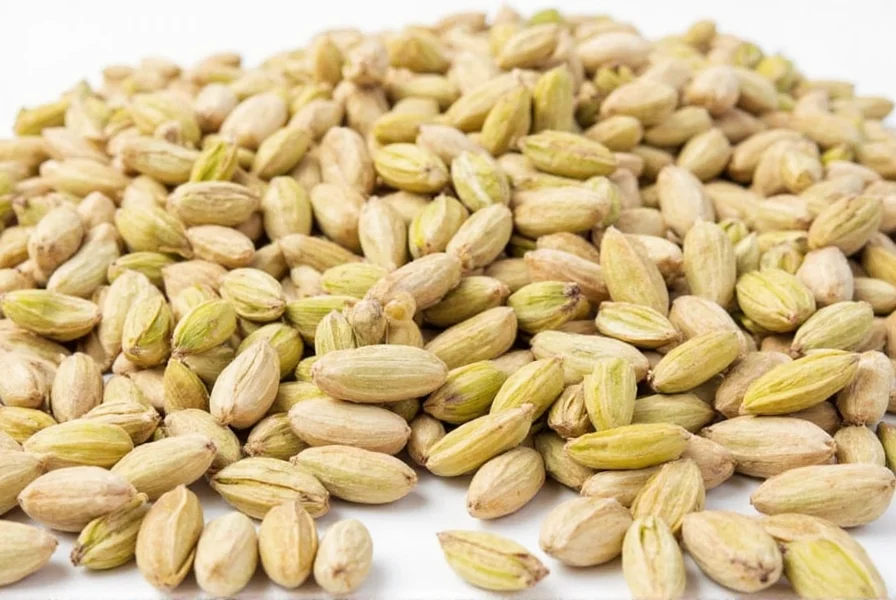
Buying Guide: How to Choose the Best Cardamom
Not all cardamom is created equal. Knowing how to shop for quality ensures you'll get the most flavor for your buck. Here's what to look for when purchasing cardamom:
1. Whole Pods vs. Ground Cardamom
- Whole Pods: More aromatic and longer-lasting. Ideal for infusing into liquids or grinding at home for peak freshness.
- Ground: Convenient, but loses potency quickly. Best for occasional use in baking or spice blends like garam masala.
2. Color Matters
- Green Cardamom: Bright green color indicates freshness and high oil content. Look for plump, tightly sealed pods.
- Black Cardamom: Should be brownish-gray with a rough texture. Avoid any that smell musty or overly earthy.
3. Brand Spotlight: Top Picks for High-Quality Cardamom
| Product Name | Features | Best For | Price Range |
|---|---|---|---|
| Spice Hunter Organic Green Cardamom Pods | USDA organic certified, sustainably sourced, premium quality | Baking, chai, and homemade spice blends | $8–$12 per ounce |
| Simply Organic Cardamom Powder | Organic, non-GMO, fine grind ideal for quick use | Quick baking and cooking applications | $6–$9 per ounce |
| McCormick Cardamom Whole | Trusted brand, widely available, great value | Home cooks needing convenience | $5–$7 per ounce |
Global Uses of Cardamom: From Scandinavia to South Asia
Cardamom's flavor versatility makes it a beloved ingredient across continents. Here's how different cultures use this magical spice:
- India: Essential in chai, biryani, kheer, and garam masala. Green cardamom brings a delicate sweetness to both sweet and savory dishes.
- Arab World: Used in coffee, desserts, and even chewing traditions. Cardamom-laced coffee is a symbol of hospitality.
- Scandinavia: Surprisingly popular in baked goods like Swedish "kardemummabullar" buns and Finnish pulla bread.
- Mexico: Found in traditional mole sauces, where it adds an exotic warmth.
- Middle East: Common in desserts, teas, and spice mixes for meats.
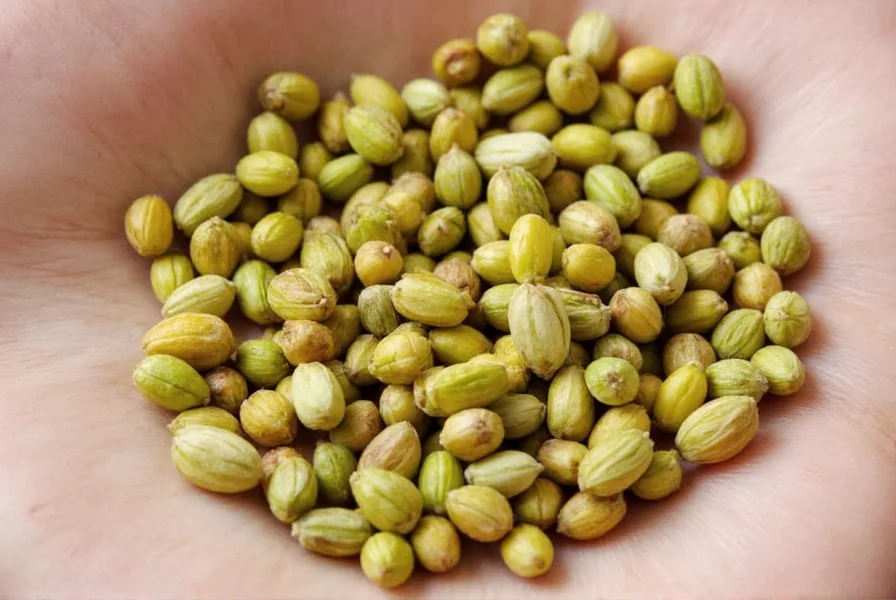
Storing Cardamom: Keep That Flavor Fresh
To preserve the bold flavors and aromas of cardamom, proper storage is key. Here's how to keep your spice stash tasting its best:
- Airtight Container: Store both whole pods and ground cardamom in glass jars away from light and heat.
- Cool, Dry Place: Spice cabinets or pantries are ideal. Humidity ruins spice oils fast.
- Shelf Life:
- Whole pods: Up to 2 years
- Ground cardamom: 6–12 months
- Freezing Option: If you buy in bulk, consider freezing whole pods in a sealed bag to lock in freshness for up to 3 years.
Cardamom FAQ: Your Questions Answered
What does cardamom taste like?
Cardamom has a complex flavor profile that combines citrusy freshness (similar to lemon or orange zest), floral elegance, spicy warmth (comparable to cloves but milder), and a subtle minty or eucalyptus-like finish. It's simultaneously bright, warm, and refreshing — a unique combination that makes it stand out among spices.
Is cardamom sweet or spicy?
Cardamom is both! It has a natural sweetness reminiscent of citrus but isn't sugary. At the same time, it offers a gentle warmth similar to other baking spices, but without the heat of chili peppers. This dual nature makes it incredibly versatile for both sweet desserts and savory dishes.
What's the difference between green and black cardamom?
Green cardamom is the more common variety with a bright, floral, citrusy flavor perfect for desserts and beverages. Black cardamom is larger, smokier, and more intense due to being dried over open flames. It's primarily used in savory dishes like Indian curries and Chinese braises. They're not interchangeable — use green for sweet applications and black for hearty savory dishes.
Can I substitute cardamom with other spices?
While no single spice replicates cardamom perfectly, you can create a close approximation by combining equal parts cinnamon, nutmeg, and a pinch of coriander or ginger. For recipes calling for 1 teaspoon of cardamom, try ½ teaspoon cinnamon + ¼ teaspoon nutmeg + ¼ teaspoon coriander. However, for authentic flavor (especially in Middle Eastern or Scandinavian recipes), real cardamom is worth seeking out.
Why is cardamom so expensive compared to other spices?
Cardamom ranks as one of the world's most expensive spices (after saffron and vanilla) due to its labor-intensive harvesting process. The pods must be picked by hand when only partially ripe, and each plant produces relatively few pods. Additionally, it requires specific growing conditions found only in certain regions like Guatemala, India, and Sri Lanka, making cultivation limited and costly.
How much cardamom should I use in recipes?
Cardamom is potent, so start with small amounts. For most recipes serving 4-6 people:
- Ground cardamom: ¼ to ½ teaspoon
- Whole pods: 3-6 pods (removed before serving)
Taste as you go — it's easy to add more but difficult to correct if overused. Remember that black cardamom is stronger than green, so use about half as much when substituting.
Does cardamom taste like cinnamon?
While both are warm baking spices, they have distinct profiles. Cinnamon is primarily sweet and woody with less complexity. Cardamom offers that warmth PLUS bright citrus notes, floral elements, and a subtle minty finish that cinnamon lacks. In fact, many people describe cardamom as "cinnamon's more interesting cousin" because of its multi-dimensional flavor.
Fun Facts About Cardamom
- It's one of the most expensive spices by weight — second only to saffron and vanilla.
- In ancient times, it was used in Ayurveda for digestive health and breath freshening.
- The Vikings brought cardamom back from their travels in the Middle East and introduced it to Europe.
- Some people chew cardamom pods as a natural breath freshener after meals.
- Cardamom essential oil is used in perfumes and aromatherapy for its calming and invigorating properties.
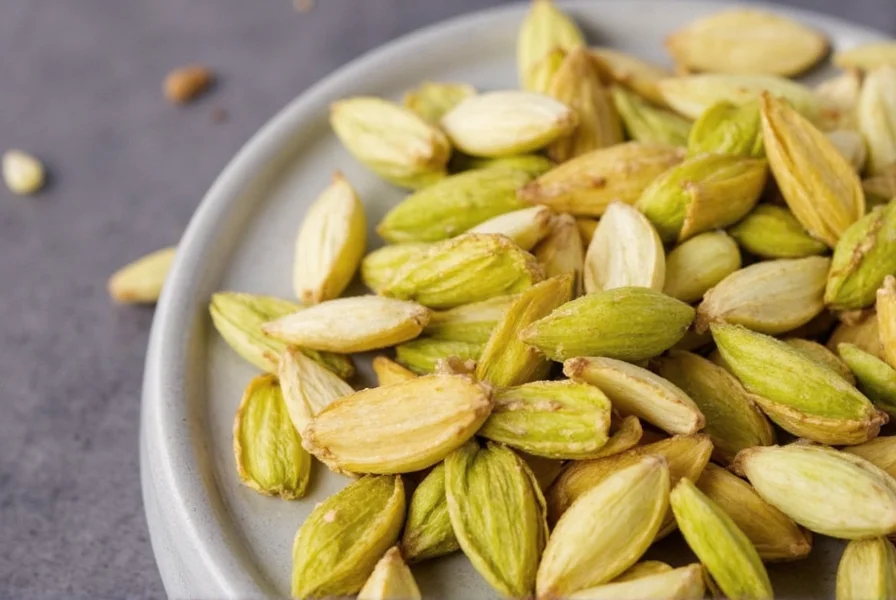
Conclusion
So, what does cardamom taste like? It's a unique blend of citrusy brightness, floral elegance, spicy warmth, and a hint of minty refreshment. This versatile spice can transform everything from morning coffee to holiday cookies to rich curries. Once you unlock its flavor potential, there's no going back.
Whether you're a seasoned chef or a curious foodie, cardamom deserves a prominent spot in your spice rack. With this guide, you now know how to choose, store, cook with, and appreciate one of the world's most cherished spices. So go ahead — open those pods, grind that spice, and let the magic unfold in your kitchen!

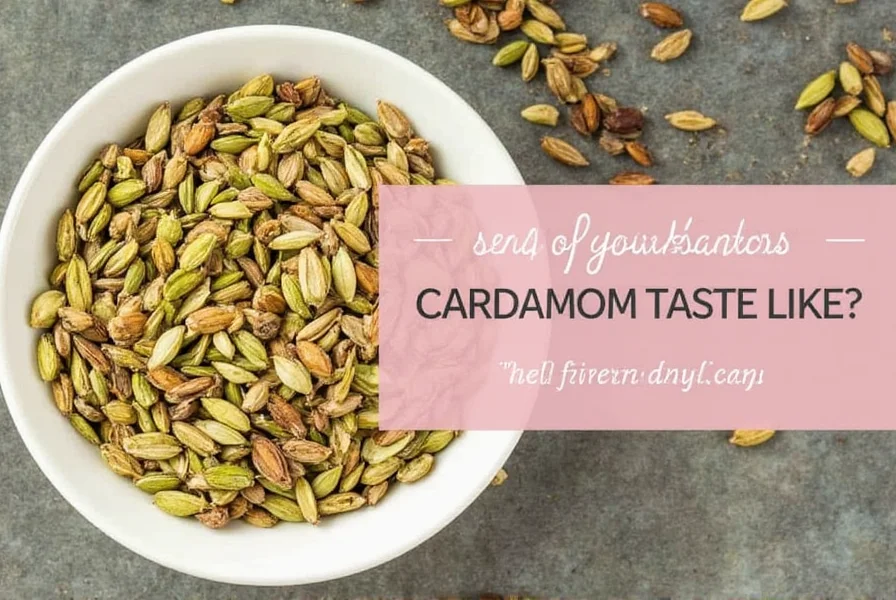









 浙公网安备
33010002000092号
浙公网安备
33010002000092号 浙B2-20120091-4
浙B2-20120091-4